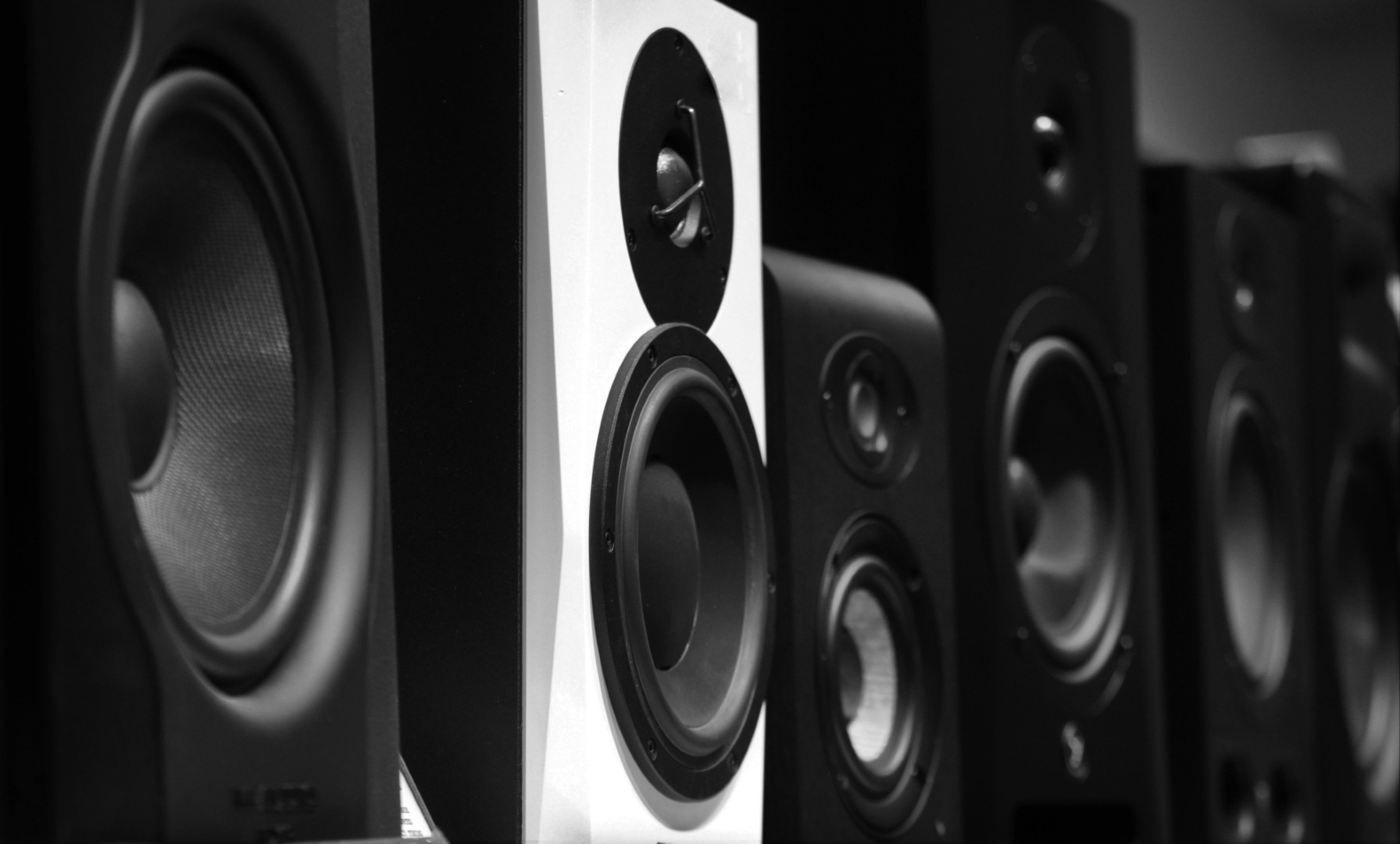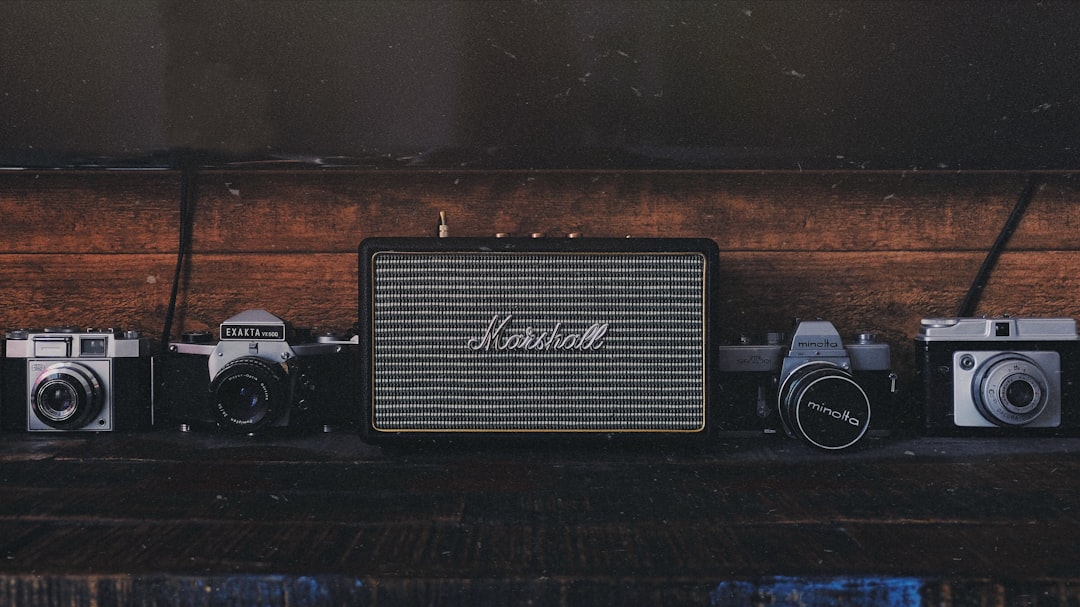
Upgrade Your Audiovisual Setup on a Budget: Expert Tips and Tricks
Upgrade your audiovisual setup on a budget with expert tips and practical advice. Explore how to transform your space affordably and effectively. Dive in now!

Capturing the perfect audio experience for your home or workspace involves understanding the nuances of sound systems. Have you ever wondered about the differences between passive and active sound systems? In this comprehensive comparison guide passive vs active sound systems, we delve into the intricacies of each setup to help you make an informed decision tailored to your audio preferences and environment. Let's explore the world of audio technology and discover which system is the ideal choice for your next sound upgrade.
When delving into the world of audio systems, it's crucial to grasp the differences between passive and active sound setups. Passive sound systems, as the name suggests, do not have built-in amplification and rely on external amplifiers to power the speakers. On the other hand, active sound systems come equipped with built-in amplification, offering a more self-contained solution.
Passive sound systems consist of speakers that require an external amplifier to function effectively.
These systems are commonly found in high-end home audio setups and professional sound environments.
Active sound systems feature speakers with built-in amplifiers, streamlining the setup process.
These systems are often preferred for their simplicity and all-in-one design.
Understanding the core functionality of passive and active sound systems sets the stage for a detailed comparison of sound quality between the two types. Let's explore further.
When choosing between passive and active sound systems, one of the key factors to consider is the sound quality each option offers.
Passive sound systems are known for delivering a more natural and neutral sound, ideal for audiophiles seeking true-to-source audio reproduction.
Active sound systems, with their built-in amplification, provide enhanced control over sound output, allowing for precise tuning and customization to suit individual preferences.
Passive systems often require external equalizers and amplifiers for adjusting sound settings, offering a more hands-on approach to sound customization.
Active systems typically come with built-in controls and presets, making it easier to fine-tune audio settings without the need for additional equipment.
Exploring the nuances of sound quality in passive and active sound systems can help you determine which option aligns best with your audio preferences and requirements.
When it comes to setting up your audio system, the disparity between passive and active sound systems becomes evident. Understanding the setup and installation differences is crucial in making an informed decision about which system is right for you.
Passive sound systems typically require more components, such as separate amplifiers, which can lead to a more intricate setup process.
Active sound systems, with their integrated amplification, offer a more straightforward installation experience, requiring fewer external devices.
Passive systems may occupy more space due to the additional amplifiers and cables needed for operation.
Active systems, being more compact and self-contained, are often favored for setups with space constraints or aesthetics in mind.
Considering the complexity of installation and space requirements of passive versus active sound systems will help you determine which option suits your setup preferences and practical considerations.
One of the significant differences between passive and active sound systems lies in the power and amplification aspects, which play a crucial role in the overall performance of the audio setup.
Passive sound systems require separate amplifiers to power the speakers, which can impact overall power efficiency.
Active sound systems, on the other hand, come with built-in amplification tailored to the specific speakers, optimizing power usage for enhanced performance.
Passive systems rely on external amplifiers that may vary in quality and compatibility, affecting sound output consistency.
Active systems feature integrated amplifiers designed to work seamlessly with the speakers, ensuring a harmonious audio experience with optimized amplification technology.
Understanding the power dynamics and amplification technology of passive and active sound systems provides valuable insights into how each system operates and delivers audio quality.
When deciding between passive and active sound systems, cost analysis is a critical factor that can influence your choice based on budget considerations and long-term financial implications.
Passive sound systems may have a lower upfront cost as they require separate amplifiers, which can be more budget-friendly compared to active systems.
Active sound systems, while potentially higher in initial investment due to built-in amplification, offer a more integrated solution with fewer additional components to purchase.
Passive systems might incur higher maintenance costs over time, especially if the external amplifiers require upgrades or replacements.
Active systems, with their all-in-one design, may have lower maintenance expenses as the components are more closely integrated and standardized.
Considering both the initial investment and long-term maintenance costs associated with passive and active sound systems can help you make a financially sound decision based on your budget and future maintenance considerations.
Choosing between passive and active sound systems involves considering how each type aligns with different environments and usage scenarios to ensure optimal audio performance.
Passive sound systems, with their flexibility in component selection, can be tailored to specific home theater configurations for a customized audio experience.
Active sound systems, offering integrated amplification and compact design, are well-suited for smaller home theater setups or spaces with limited wiring options.
In professional audio environments such as recording studios or live sound setups, passive sound systems may provide the versatility needed for precise sound control and customization.
Active sound systems, with their user-friendly setup and built-in technologies, are often preferred for on-the-go or portable professional audio applications where simplicity and efficiency are paramount.
Understanding the suitability of passive and active sound systems in different environments can guide you in selecting the system that best caters to your specific audio needs and usage requirements.
Exploring how passive and active sound systems interact with other audio equipment is essential to ensure seamless integration and connectivity within your audiovisual setup.
Passive sound systems can easily connect to sound bars, providing additional audio enhancement and expanded soundstage capabilities for a more immersive listening experience.
Active sound systems, with their integrated amplification, offer simplified connectivity to sound bars without the need for external amplifiers, streamlining the setup process.
Passive sound systems can be connected to projectors and AV receivers to create a complete home theater experience with enhanced audio quality and surround sound capabilities.
Active sound systems, optimized for compatibility with modern AV equipment, offer plug-and-play integration with projectors and AV receivers for a seamless multimedia setup.
Understanding how passive and active sound systems integrate with sound bars, projectors, and AV receivers can help you create a cohesive audiovisual environment tailored to your entertainment needs and preferences.
In the ever-evolving landscape of audio systems, choosing between passive and active sound setups is a decision that should be informed by your specific audio preferences, setup requirements, and budget considerations.
Evaluate your audio setup needs, including the size of the space, intended usage, and desired audio quality to determine which system aligns best with your requirements.
Consider your technical expertise and comfort level with audio equipment to ensure a seamless setup process and optimal performance.
As you weigh the pros and cons of passive and active sound systems, remember that there is no one-size-fits-all solution. The right choice is ultimately the one that complements your audiovisual goals and enhances your overall listening experience.
For more in-depth reviews and insights into audiovisual technology, visit Big Audio Company for expert advice and recommendations.
Passive sound systems require external amplifiers to power the speakers, while active sound systems have built-in amplification. Passive systems offer flexibility in component selection, whereas active systems provide a more integrated and streamlined solution.
The choice between passive and active sound systems for home theater setups depends on individual preferences. Passive systems can be customized to match specific space requirements and audio preferences, while active systems offer a more compact and all-in-one solution ideal for smaller setups.
Passive sound systems may require more maintenance over time, especially if external amplifiers need upgrades or replacements. Active systems, with their integrated design, often have lower maintenance needs due to standardized components and built-in amplification.
Both passive and active sound systems can be used with a variety of audio equipment, including sound bars, projectors, and AV receivers. However, compatibility and connectivity may vary based on the specific components and setup configurations.
The cost-effectiveness of passive versus active sound systems depends on factors such as initial investment, maintenance costs, and long-term usage. While passive systems may have a lower upfront cost, active systems could offer savings in maintenance and efficiency over time.

Upgrade your audiovisual setup on a budget with expert tips and practical advice. Explore how to transform your space affordably and effectively. Dive in now!

Explore detailed reviews of sound bars under $500 on Electronics Rating, your go-to resource for enhancing your audiovisual experience. Get expert advice, comparisons, and insights to create the perfect home entertainment setup.

Looking for expert advice in the realm of audiovisual? Enhance your entertainment experience with our specialized resource on state-of-the-art sound systems and projectors.

Looking to create a captivating home entertainment hub? Explore our blog for expert home entertainment space design tips. Enhance your audiovisual experience with cutting-edge technology!